- Your cart is empty
- Continue Shopping
Product Overview
Triohale Inhaler is used for the treatment of chronic obstructive pulmonary disease (COPD), a long-term lung condition that makes breathing difficult due to narrowed airways and lung tissue damage. It helps relax and widen the airways, making breathing easier, and reduces symptoms like coughing, wheezing, and shortness of breath.
How Triohale Inhaler Works
Triohale Inhaler contains three active ingredients:
Ciclesonide: A corticosteroid that reduces inflammation in the airways.
Formoterol: A bronchodilator that relaxes airway muscles and improves airflow.
Tiotropium: An anticholinergic that helps keep airways open for easier breathing.
Together, they improve airflow, reduce flare-ups, and help you breathe more comfortably.
Uses & Benefits
Relieves Breathing Difficulty: Opens and relaxes the airways.
Reduces Inflammation: Helps control airway swelling and irritation.
Improves COPD Symptoms: Reduces coughing, wheezing, and shortness of breath.
Prevents Flare-Ups: Regular use can decrease the frequency of COPD exacerbations.
How to Use
Shake the inhaler before use.
Breathe out fully, then press the inhaler while inhaling deeply and hold your breath for 10 seconds.
Repeat as prescribed.
Rinse your mouth after each use to prevent dryness or fungal infections.
Use regularly even if you feel well; it is not for sudden shortness of breath—use a rescue inhaler for that.
Common Side Effects
Dryness in mouth or throat
Cough, hoarseness, or voice changes
Headache, dizziness, or tremors
Urinary retention or constipation
Fungal infection in the mouth (thrush)
Increased heart rate, insomnia, or taste changes
Most side effects are mild and temporary. Consult your doctor if they persist.
Safety Information
Alcohol: Unsafe; avoid while using this inhaler.
Pregnancy: Consult your doctor; may be unsafe.
Breastfeeding: Probably safe if prescribed; monitor the baby for side effects.
Driving: No known interactions, but avoid if you feel dizzy or lightheaded.
Kidney & Liver: No established interactions, but always follow doctor’s advice.
Key Takeaways
Combination inhaler for COPD symptom relief and airway protection
Not for sudden breathing problems—use a rescue inhaler instead
Use regularly and follow inhalation technique for best results
Helps reduce coughing, wheezing, and flare-ups while improving quality of life




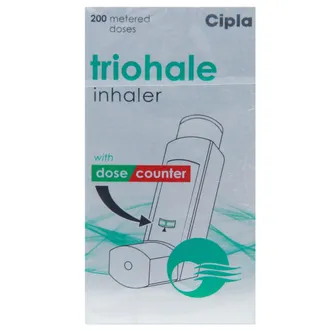
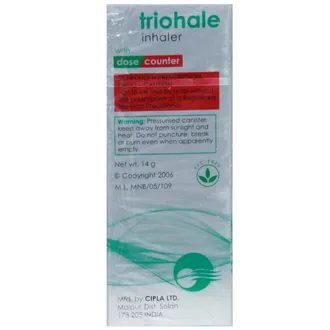
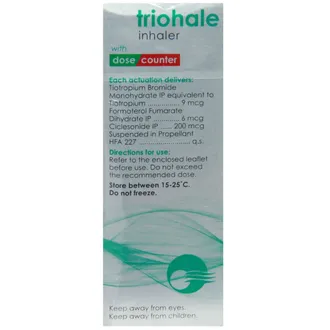


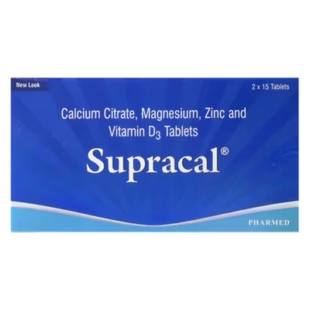
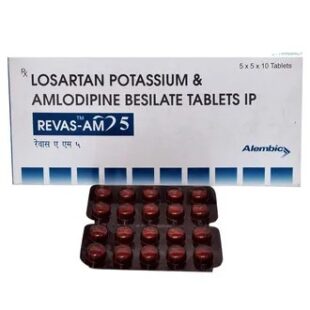
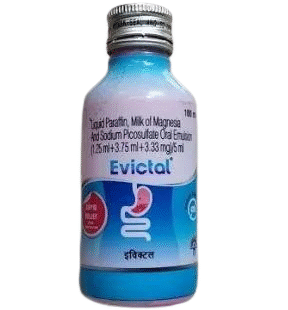
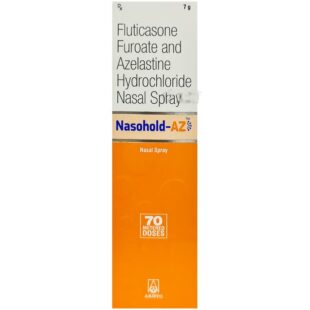
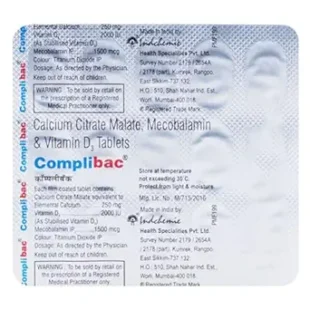
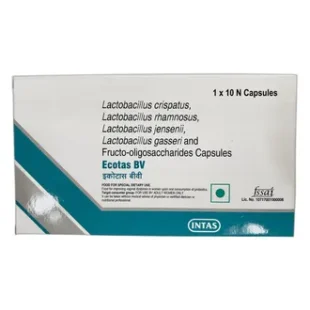
Reviews
There are no reviews yet.